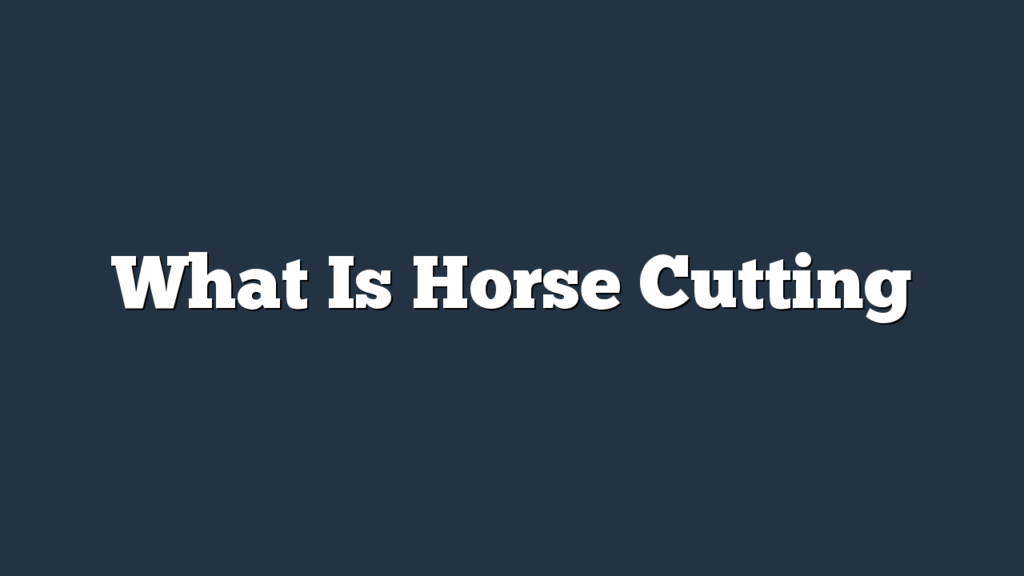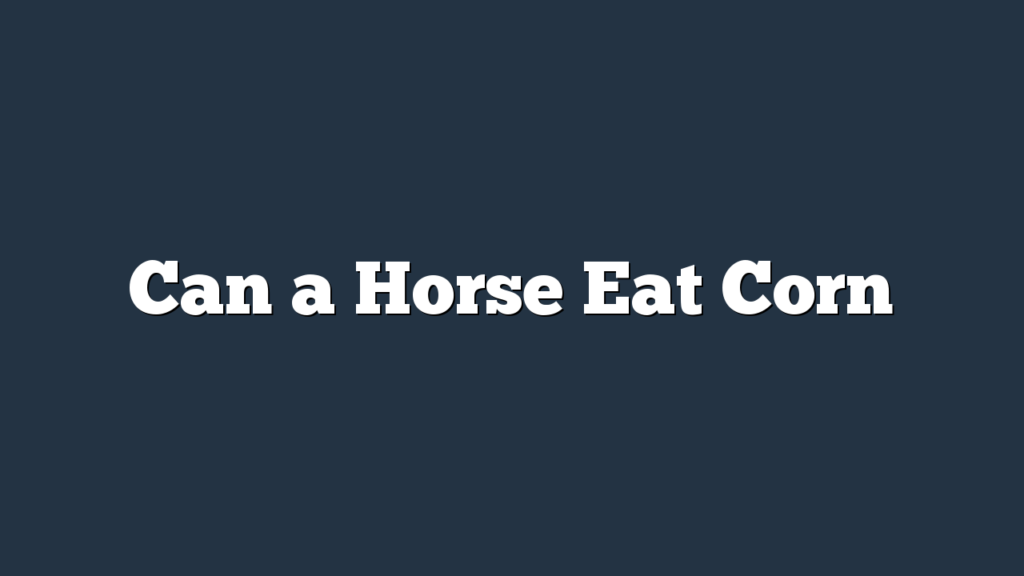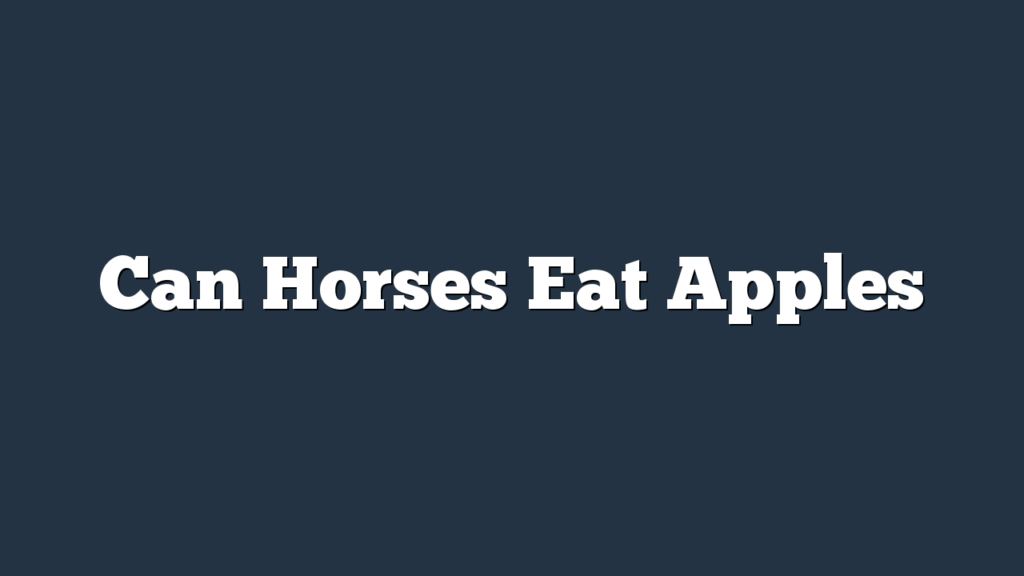Do you want to learn about a thrilling equestrian sport? Well, let me tell you about horse cutting!
In this exciting activity, you and your horse work together to separate a single cow from a herd. With quick reflexes and precision, you’ll showcase your horsemanship skills.
Get ready to experience the adrenaline rush as you navigate the arena and outmaneuver the cow.
So, are you ready to dive into the world of horse cutting? Let’s get started!
History of Horse Cutting
If you’re curious about the history of horse cutting, let me give you a brief overview.
Horse cutting has a rich history that dates back to the early 1800s. It originated in the American West, where ranchers needed a way to separate individual cattle from a herd. This practice eventually evolved into a competitive sport, known as cutting.
The development of horse cutting can be attributed to the necessity for efficient cattle handling. Ranchers needed a way to quickly isolate specific cows for branding, medical treatment, or sorting purposes. This led to the development of specialized techniques and the use of highly trained horses.
Over time, cutting became a popular form of entertainment and a way to showcase the skills of both horse and rider. It quickly gained recognition as a competitive sport, with organized competitions and events being held throughout the United States.
The history of horse cutting is closely intertwined with the development of the American cowboy culture. It’s a testament to the ingenuity and resourcefulness of the early settlers who relied on horses and their abilities to work the land and manage livestock.
Key Elements of Horse Cutting
Now let’s talk about the key elements of horse cutting.
First, you’ll learn about the various techniques used in this sport, such as reading cattle and using your body to communicate with the horse.
Next, we’ll explore the importance of horsemanship, which involves the rider’s skill in handling and controlling the horse.
Techniques Used in Horse Cutting
To effectively perform horse cutting, you need to master the techniques used in this sport. Here are the key elements of horse cutting techniques:
- Positioning:
Proper body positioning is crucial for maintaining balance and control while cutting cattle.
Maintain a centered and balanced position in the saddle to anticipate the movements of the cattle. - Communication:
Use subtle cues from your reins, legs, and seat to guide your horse during the cutting process.
Develop a strong connection with your horse to communicate effectively and execute precise maneuvers. - Advanced Cutting Maneuvers:
Master advanced maneuvers like the rollback, where your horse quickly changes direction after separating a cow from the herd.
Practice the stop and turn, where your horse stops abruptly and turns quickly to maintain control and stay in sync with the cow.
Importance of Horsemanship
Mastering horsemanship is essential in horse cutting, as it’s the foundation for effectively executing the key elements of this sport.
Horsemanship skills are crucial in building a strong partnership with your horse and ensuring clear communication between rider and horse. The ability to read your horse’s body language, anticipate their movements, and respond with precision is vital in making split-second decisions during a cutting run.
Good horsemanship allows you to guide your horse with subtle cues, using your seat, legs, and hands to communicate your intentions. It’s through this connection and understanding that you can navigate the herd of cattle, separate the chosen cow, and maintain control and balance throughout the entire run.
Without solid horsemanship skills and effective communication with your horse, the execution of the key elements in horse cutting would be challenging, if not impossible.
Judging Criteria in Competitions
To excel in horse cutting competitions, you must understand the judging criteria, which encompass the key elements of this sport. The judging criteria in horse cutting competitions are essential in determining the skill and ability of both the horse and the rider.
Here are the key elements that judges consider when scoring the performances:
- Horse’s Ability:
- Athleticism and agility
- Responsiveness to the rider’s cues
- Rider’s Skill:
- Precision in guiding the horse
- Effective use of the rider’s aids
The scoring system in horse cutting competitions is based on a point scale, with judges awarding points for each maneuver performed correctly. They assess the horse’s ability to separate a single cow from a herd and keep it from returning. The rider’s skill in maintaining control and working in harmony with the horse is also evaluated.
Understanding the judging criteria and scoring system is crucial for competitors aiming for success in horse cutting competitions.
Equipment Used in Horse Cutting
When engaging in horse cutting, you’ll need a variety of equipment to ensure success. Horse cutting equipment is specifically designed to assist you in executing the necessary techniques with precision and efficiency.
The most important piece of equipment is the cutting horse itself. These horses are specially trained to work with cattle and have the agility and instinct to separate a single cow from the herd. Additionally, a cutting horse is equipped with a cutting saddle, which provides stability and support during quick turns and sudden stops.
The rider also needs a bridle, which includes a bit and reins to control the horse’s movements. To protect both horse and rider, it’s essential to wear appropriate safety gear, such as a helmet and riding boots.
In addition to the horse and rider equipment, other tools commonly used in horse cutting include a flag to simulate a cow’s movement, a cowbell to help the rider track the cow’s location, and a stopwatch to time the run.
Techniques and Strategies in Horse Cutting
To further enhance your skills in horse cutting, consistently practicing and applying effective techniques and strategies is essential. Here are some horse cutting strategies for beginners to help you improve your performance in this exciting sport:
- Positioning:
- Maintain a balanced and centered seat to effectively communicate with your horse.
- Position yourself in a way that allows you to anticipate the cow’s movements and react quickly.
- Reading the Cow:
- Pay close attention to the cow’s body language and anticipate its next move.
- Learn to predict the cow’s intentions by observing its head position, eye contact, and overall behavior.
Common mistakes in horse cutting techniques that you should avoid:
- Overriding:
- Avoid using excessive rein cues or leg pressure, as it can confuse your horse and hinder its performance.
- Instead, focus on subtle and precise cues to guide your horse effectively.
- Lack of Patience:
- Don’t rush into cutting the cow too quickly. Take your time to set up the right opportunity for a successful cut.
- Patience allows you to position yourself and your horse properly, increasing your chances of a successful cut.
Training and Skills Required for Horse Cutting
To excel in horse cutting, you must master essential cutting techniques and develop precision and timing. These skills are crucial in order to effectively separate a cow from the herd and maintain control throughout the entire cutting run.
Essential Cutting Techniques
Mastering essential cutting techniques is crucial for anyone looking to excel in horse cutting, requiring dedication, practice, and a deep understanding of the sport. To become proficient in cutting horse training, you need to focus on two key areas:
- Body Positioning: Your body position plays a vital role in guiding the horse during cutting maneuvers. Keep your shoulders squared, maintain a balanced seat, and use your legs and weight to communicate your intentions to the horse.
- Timing and Precision: Timing is everything in cutting. It involves reading the cow’s movements and anticipating its actions. You must be able to react quickly and make split-second decisions. Precision is also essential, as it ensures that your horse makes clean cuts and maintains control throughout the maneuver.
Developing Precision and Timing
To excel in horse cutting, you must develop precision and timing through training and mastering the necessary skills. Developing focus and control is essential in this sport. You need to be able to concentrate on the movements of the cattle and anticipate their actions. This requires a great deal of mental discipline and the ability to stay calm under pressure.
By improving your communication skills with your horse, you can effectively relay your commands and cues, ensuring that your horse understands what you want it to do. Clear and concise signals are crucial in maintaining a strong partnership and achieving success in horse cutting.
With practice, patience, and dedication, you can develop the precision and timing needed to become a skilled horse cutter.
Horse Breeds Suitable for Cutting
If you’re considering horse cutting, you’ll want to know which horse breeds are most suitable for the sport. Horse cutting competitions require horses with specific traits and abilities that make them excel in this discipline. Here are some popular horse cutting breeds:
- American Quarter Horse:
- Known for their agility, speed, and cow sense, Quarter Horses are a top choice for horse cutting. They’ve a low center of gravity, allowing them to make quick turns and sudden stops.
- Their athleticism and natural instinct to work cattle make them highly competitive in cutting competitions.
- Appaloosa:
- Appaloosas are versatile horses known for their intelligence and agility. With their strong hindquarters and quick reflexes, they can swiftly maneuver around cattle.
- Their spotted coats, unique to the breed, make them stand out in the arena, adding to their appeal in horse cutting events.
These two breeds are particularly favored in horse cutting due to their natural abilities, trainability, and proven track records in the sport. When considering a horse for cutting, it’s important to choose one that possesses the necessary traits and skills required to excel in this challenging and exciting discipline.
Competitions and Events in Horse Cutting
You frequently participate in horse cutting competitions and events to showcase your skills and compete against other riders. These competitions and events provide a platform for riders to demonstrate their horsemanship and precision in maneuvering cattle.
One of the most popular competitions in horse cutting is the National Cutting Horse Association (NCHA) Futurity. Held annually, this event showcases the best cutting horses and riders in the world. The competition consists of three rounds: the herd work, the rein work, and the cow work. Each round tests the rider’s ability to control the horse and separate a single cow from the herd.
Another notable event is the World Championship Finals, where riders from different regions come together to compete for the title of world champion. In addition to these major competitions, there are also smaller regional and local events that allow riders of all skill levels to participate and improve their cutting abilities.
These events not only provide an opportunity for riders to showcase their talents but also foster a sense of camaraderie and community among cutting enthusiasts. So, whether you’re a seasoned competitor or just starting out, there are plenty of competitions and events in horse cutting that cater to all levels of riders.
Famous Horse Cutting Champions
Many famous horse cutting champions have left their mark in the sport, showcasing their exceptional skills and precision in maneuvering cattle. These champions have become legends in the world of horse cutting, earning recognition for their talent and dedication.
Here are some renowned horse cutting champions and the horse breeds that have proven to be suitable for this demanding sport:
- Famous Horse Cutting Champions:
- Bill Freeman: Known for his incredible horsemanship skills, Freeman has won multiple cutting championships and is admired for his ability to read cattle.
- Mary Jo Milner: Milner is a well-respected champion who’s dominated the cutting arena with her exceptional riding and intuitive understanding of cattle.
- Phil Rapp: Rapp is a legendary horseman who’s won numerous cutting championships and is known for his precise and graceful riding style.
- Horse Breeds Suitable for Cutting:
- Quarter Horse: The Quarter Horse is the most popular breed in cutting competitions due to its agility, speed, and cow sense.
- Paint Horse: Known for its versatility, the Paint Horse has proven to excel in cutting, demonstrating exceptional athleticism and intelligence.
These famous horse cutting champions haven’t only achieved great success in the sport but have also inspired future generations of riders to pursue excellence in the art of cutting.
Benefits of Horse Cutting for Riders and Horses
Horse cutting offers a range of benefits for both riders and horses, enhancing their skills and fostering a deeper connection between them. For horse riders, participating in cutting competitions can have several advantages. Firstly, it helps improve their horsemanship skills, as they learn to work in harmony with their horse, anticipating and responding to the movements of the cattle. This requires quick thinking and precise control, enhancing their ability to communicate effectively with their horse. Secondly, horse cutting can be a great form of exercise, as it requires riders to be agile and balanced while making quick turns and maneuvers. It can improve their coordination, core strength, and overall fitness. Moreover, participating in cutting competitions can be a thrilling experience, offering riders an adrenaline rush and a sense of achievement when they successfully separate a cow from the herd.
On the other hand, horses also benefit from participating in cutting activities. Firstly, it provides them with mental stimulation, as they learn to anticipate the movements of the cattle and develop their natural instincts. This can prevent boredom and help horses maintain a healthy state of mind. Secondly, cutting activities can improve their physical fitness, as they are required to make quick, agile movements while maintaining balance and control. It can also enhance their overall athleticism and coordination. Additionally, horse cutting allows horses to work in partnership with their rider, building trust and strengthening the bond between them.
To summarize, horse cutting offers numerous benefits for both riders and horses. Riders can improve their horsemanship skills, enjoy physical exercise, and experience the thrill of competition. Horses, on the other hand, receive mental stimulation, physical fitness, and a stronger connection with their rider. Participating in horse cutting activities can be a rewarding experience for both parties involved.
| Benefits for Horse Riders | Advantages for Horses |
|---|---|
| Improved horsemanship skills | Mental stimulation |
| Physical exercise | Enhanced physical fitness |
| Thrilling experience | Stronger bond with the rider |
Frequently Asked Questions
How Much Does It Cost to Participate in a Horse Cutting Competition?
Participating in a horse cutting competition can cost you some money. You’ll need equipment like a horse, a cutting saddle, and a bridle. As for prizes, there are various types available for winners.
Are There Any Health Risks Associated With Horse Cutting?
When it comes to horse cutting, it’s important to be aware of the potential health risks. However, there are also many health benefits. To prevent injuries, make sure to follow proper training techniques and use appropriate safety gear.
Can Any Breed of Horse Be Trained for Cutting?
Any breed of horse can be trained for cutting, but breed compatibility and training techniques are important factors to consider. It’s essential to choose a horse that possesses the necessary agility, athleticism, and instinct for cutting.
How Long Does It Typically Take to Train a Horse for Cutting?
It typically takes time and patience to train a horse for cutting. Using various training techniques, you can teach them the necessary skills. However, be prepared for common challenges that may arise during the process.
Are There Any Age Restrictions for Participating in Horse Cutting Competitions?
Age restrictions for horse cutting competitions vary, but generally, there are no specific age limits. However, participants usually need to be experienced riders. Additionally, there might be participation fees involved.
Conclusion
So now you know what horse cutting is all about! With its rich history and unique techniques, horse cutting has become a popular sport and a test of skill for both riders and horses.
The equipment used and the training required are essential for success in the competitions and events.
Whether you’re a rider or a horse enthusiast, horse cutting offers numerous benefits and the opportunity to witness the incredible athleticism and teamwork between horse and rider.
So why not give it a try and experience the thrill of horse cutting for yourself?



